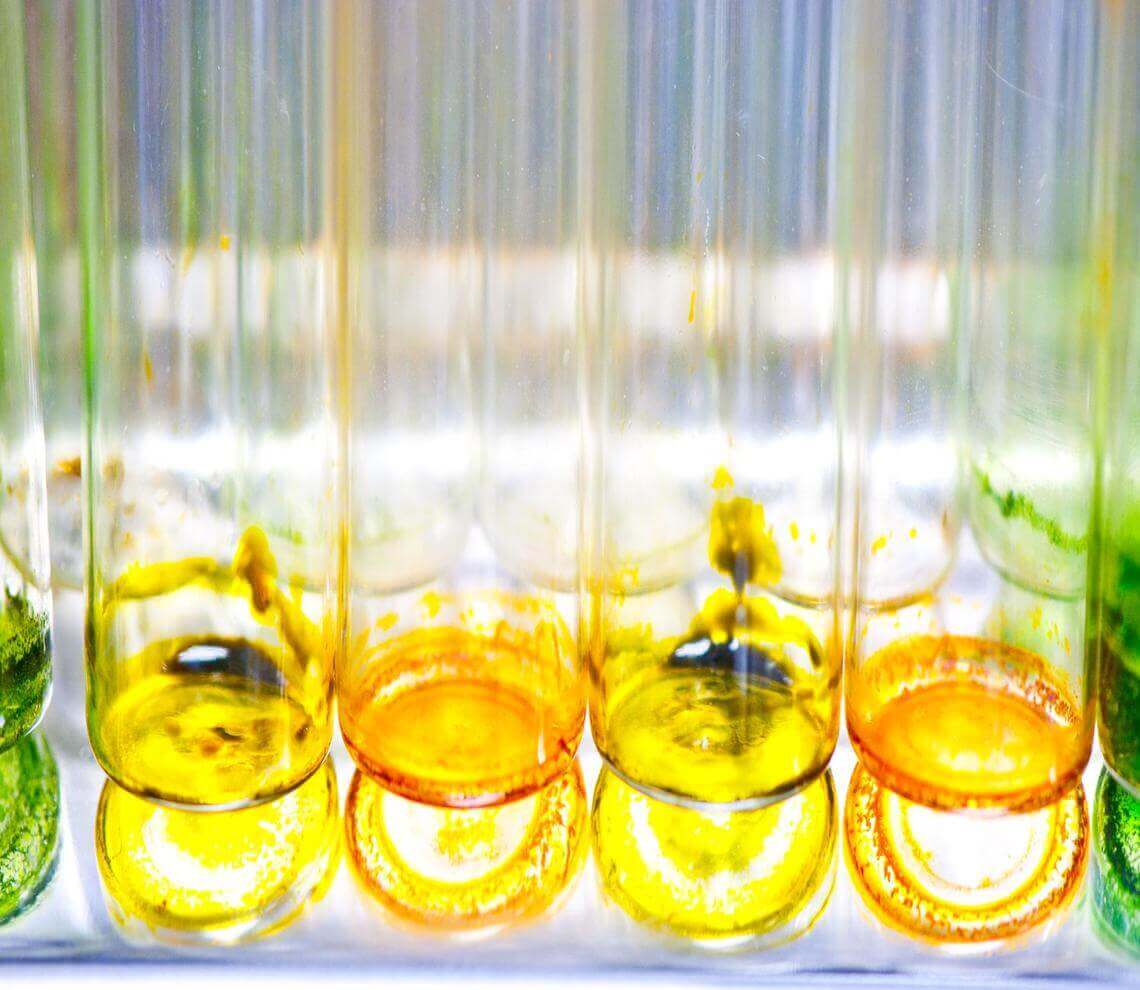- Our Suppliers
- MBS Monoclonals
- MOUSE Anti-HUMAN SIGLEC-5/SIGLEC-14:FITC Antibody
Product short description
Price:
448 EUR
Size:
100ug
Catalog no.:
GEN224673
Product detailed description
Clone
1A5
Purification method
N/A
Immunoglobulin isotype
IgG1
French translation
anticorps
Category
Antibodies
Clonality
Monoclonal
Latin name
Mus musculus
Also known as
SIGLEC-5/SIGLEC-14
Conjugation
Anti-FITC Antibody
Host organism
Mouse (Mus musculus)
Subcategory
Mnoclonal antibodies
Tested applications:
Flow Cytometry (FACS)
Concentration
IgG concentration 0.1 miligram per 1 mililiter
Form/Appearance
FITC (Purified IgG conjugated to Fluorescein Isothiocyanate Isomer 1 (FITC) - liquid)
Other gene names
SIGLEC5; SIGLEC5; CD170; OBBP2; CD33L2; OB-BP2; SIGLEC-5; CD33L2; OBBP2; Siglec-5; OB-BP2
Gene name synonims
SIGLEC5; SIGLEC5; CD170; OBBP2; CD33L2; OB-BP2; SIGLEC-5; CD33L2; OBBP2; Siglec-5; OB-BP2
Gene name
SIGLEC5; SIGLEC5; CD170; OBBP2; CD33L2; OB-BP2; SIGLEC-5; CD33L2; OBBP2; Siglec-5; OB-BP2
Description
This antibody needs to be stored at + 4°C in a fridge short term in a concentrated dilution. Freeze thaw will destroy a percentage in every cycle and should be avoided.
Species reactivity
Human (Homo sapiens); Due to limited knowledge and inability for testing each and every species, the reactivity of the antibody may extend to other species which are not listed hereby.
Other names
sialic acid-binding Ig-like lectin 5; Sialic acid-binding Ig-like lectin 5; sialic acid-binding Ig-like lectin 5; CD33 antigen-like 2; OB-binding protein 2; obesity-binding protein 2; sialic acid-binding immunoglobulin-like lectin 5; sialic acid binding Ig-like lectin 5; CD33 antigen-like 2; Obesity-binding protein 2
Test
MBS Monoclonals supplies antibodies that are for research of human proteins.Mouse or mice from the Mus musculus species are used for production of mouse monoclonal antibodies or mabs and as research model for humans in your lab. Mouse are mature after 40 days for females and 55 days for males. The female mice are pregnant only 20 days and can give birth to 10 litters of 6-8 mice a year. Transgenic, knock-out, congenic and inbread strains are known for C57BL/6, A/J, BALB/c, SCID while the CD-1 is outbred as strain.
Storage and shipping
Store the antibody at +4 degrees Celsius for short-term storage and at -20 degrees Celsius for long-term.Storage in frost-free freezers is not recommended. the antibody should be stored undiluted. the antibody is photosensitive and should be protected from light. Repeated freeze - thaw cycles may denature the peptide chains of the antibody and therefore should be maximally avoided. If there is a precipitate in the vial we recommend you to briefly microcentrifugate it prior to use. Shelf Life: 18 months from date of dispatch.
Properties
If you buy Antibodies supplied by MBS Monoclonals they should be stored frozen at - 24°C for long term storage and for short term at + 5°C.This MBS Monoclonals Fluorescein isothiocyanate (FITC) antibody is currently after some BD antibodies the most commonly used fluorescent dye for FACS. When excited at 488 nanometers, FITC has a green emission that's usually collected at 530 nanometers, the FL1 detector of a FACSCalibur or FACScan. FITC has a high quantum yield (efficiency of energy transfer from absorption to emission fluorescence) and approximately half of the absorbed photons are emitted as fluorescent light. For fluorescent microscopy applications, the 1 FITC is seldom used as it photo bleaches rather quickly though in flow cytometry applications, its photo bleaching effects are not observed due to a very brief interaction at the laser intercept. MBS Monoclonals FITC is highly sensitive to pH extremes.Human proteins, cDNA and human recombinants are used in human reactive ELISA kits and to produce anti-human mono and polyclonal antibodies. Modern humans (Homo sapiens, primarily ssp. Homo sapiens sapiens). Depending on the epitopes used human ELISA kits can be cross reactive to many other species. Mainly analyzed are human serum, plasma, urine, saliva, human cell culture supernatants and biological samples.
Specificity and cross-reactivity
SIGLEC-5/SIGLEC-14 Clone 1A5 recognises human Siglec-5 (Sialic acid-binding Ig-like lectin 5), otherwise known as CD170, a novel sialic-acid-binding Ig-like lectin, and member of the Ig superfamily, expressed by dendritic cells (DCs), activated macrophages, neutrophils, and cells of the monocyte/myeloid lineage. _x000D__x000D_Clone 1A5, is one of several Siglec-5 antibodies which also recognises human Siglec-14 (Sialic acid-binding Ig-like lectin 14) Siglec-14 shares an almost identical sequence with Siglec-5 within the first two Ig-like domains, indicating partial gene conversion between these two Siglecs, also evident in other primate species. _x000D__x000D_Siglec-5 is highly related to the myelomonocytic-derived adhesion molecule CD33 (Siglec-3), and mediates sialic-acid dependent binding to cells, as well as acting as an inhibitory receptor in the down-regulation of cell activation. Structurally, Siglec-5 contains an immunoreceptor tyrosine-based inhibitor motif (ITIM), which plays a part in the modulation of cellular responses, and when phosphorylated, can bind to the SH2 domain of several SH2-containing phosphatases. Siglec-14 is a putative sialic-acid binding adhesion molecule, and member of the Ig superfamily, predominantly expressed in hematopoietic tissues, which has been shown to associate with the activating adapter protein DAP12. _x000D__x000D_Clone 1A5 has been show to cross react with Chimpanzee _x000D_; Since it is not possible to test each and every species our knowledge on the corss reactivity of the antibodies is limited. This particular antibody might cross react with speacies outside of the listed ones.
© Copyright 2016-Tech News . Design by: uiCookies

